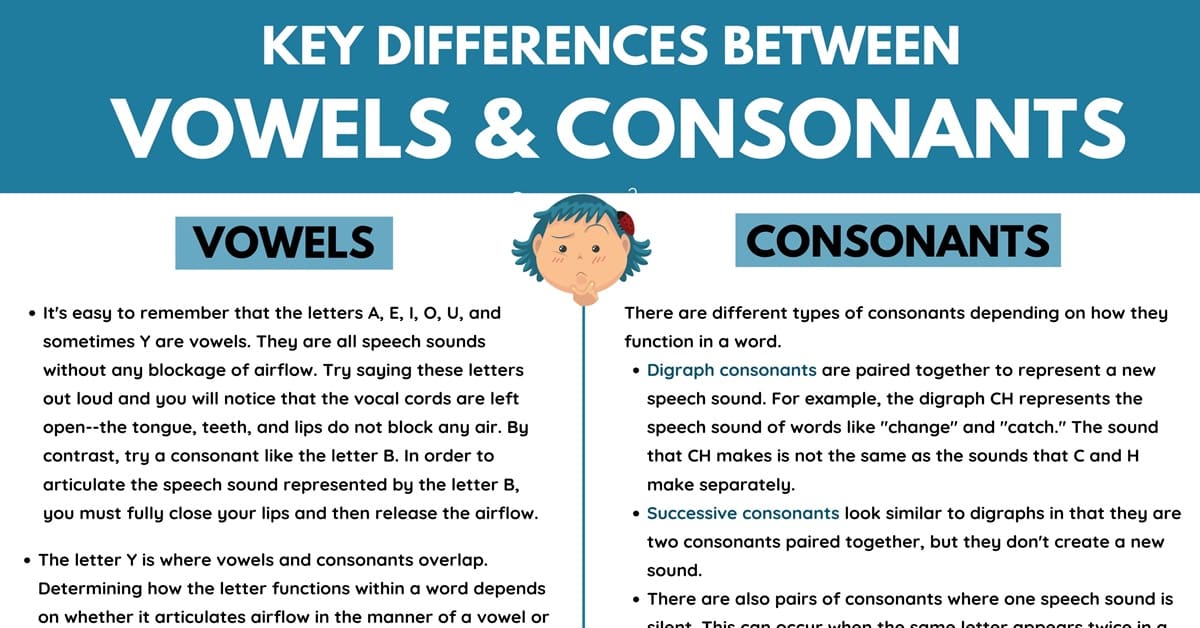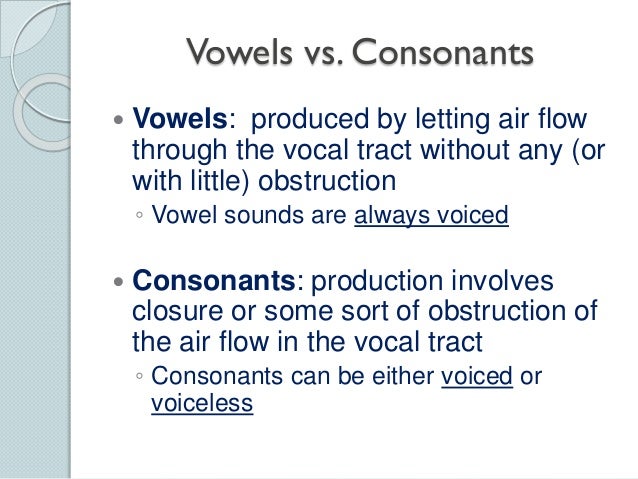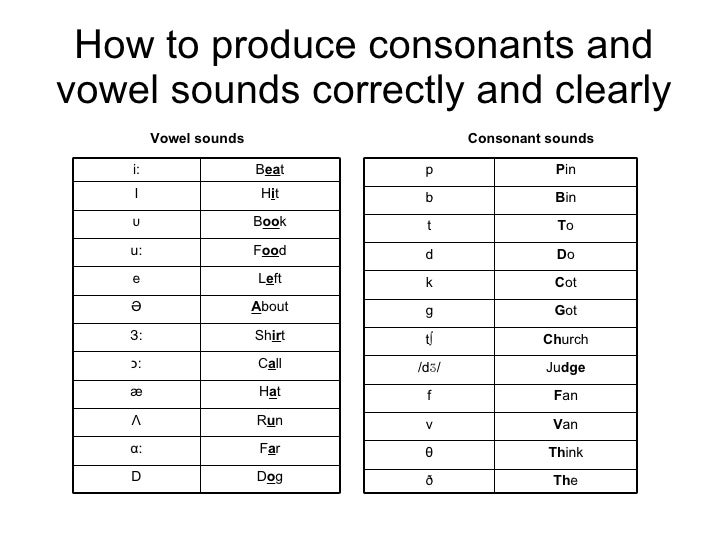
Language is the medium of communication. It is the most important aspect of human society. Language is made up of sounds, words, and grammar. The sounds of a language play a crucial role in communication. There are two types of sounds in every language: vowel sound and consonant sound. In this article, we will learn the difference between vowel sound and consonant sound.
What are Vowel Sounds?

Vowels are the sounds produced by the vibration of the vocal cords without any obstruction in the mouth or throat. In simple terms, a vowel sound is produced when air flows freely through the mouth and throat. The English language has five vowels: A, E, I, O, and U. However, they can produce different sounds depending on their position in a word and the surrounding consonants. For example, the letter A can make different sounds in the words 'cat,' 'car,' and 'father.'
What are Consonant Sounds?
Consonants are the sounds produced by obstructing the airflow through the mouth or throat. In simple terms, a consonant sound is produced when air is partially or completely blocked in the mouth or throat. The English language has 21 consonants: B, C, D, F, G, H, J, K, L, M, N, P, Q, R, S, T, V, X, Y, Z. Consonants can be pronounced in different ways depending on their position in a word and the surrounding vowels. For example, the letter C can make different sounds in the words 'cat' and 'cent.'
How to Identify Vowel Sounds?

Vowel sounds are easy to identify as they are produced without any obstruction in the mouth or throat. The easiest way to identify a vowel sound is to look for the absence of any obstruction in the mouth or throat while pronouncing a word. Vowels are the basic sounds of speech and are an essential part of every word in the English language.
How to Identify Consonant Sounds?

Consonant sounds are produced by obstructing the airflow in the mouth or throat. They can be identified by the presence of an obstruction in the mouth or throat while pronouncing a word. Consonants play a vital role in the English language and can change the meaning of a word by their pronunciations.
Examples of Vowel Sounds

The English language has five vowels: A, E, I, O, and U. Each of these vowels can produce different sounds depending on their position in a word and the surrounding consonants. For example, the letter A can make different sounds in the words 'cat,' 'car,' and 'father.' The letter E can make different sounds in the words 'bed,' 'meet,' and 'her.' The letter I can make different sounds in the words 'hit,' 'ride,' and 'bird.' The letter O can make different sounds in the words 'hot,' 'cold,' and 'go.' The letter U can make different sounds in the words 'cut,' 'mute,' and 'but.'
Examples of Consonant Sounds

Consonants can be pronounced in different ways depending on their position in a word and the surrounding vowels. For example, the letter C can make different sounds in the words 'cat' and 'cent.' The letter G can make different sounds in the words 'go' and 'gem.' The letter H can make different sounds in the words 'hat' and 'ghost.' The letter S can make different sounds in the words 'sit' and 'pleasure.'
Importance of Vowel and Consonant Sounds in Language
The sounds of a language form the basis of communication. The correct pronunciation of vowel and consonant sounds is crucial for effective communication. The correct pronunciation of vowel and consonant sounds is essential for learning how to read and write in the English language. Without proper knowledge of vowel and consonant sounds, it is impossible to learn how to spell words correctly.
Differences between Vowel and Consonant Sounds

The main differences between vowel and consonant sounds are as follows:
- Vowel sounds are produced without any obstruction in the mouth or throat, whereas consonant sounds are produced by obstructing the airflow in the mouth or throat.
- Vowels are the basic sounds of speech and are an essential part of every word in the English language, whereas consonants play a vital role in the English language and can change the meaning of a word by their pronunciations.
- Vowels are produced by the vibration of the vocal cords, whereas consonants are produced by the movement of the tongue, lips, and teeth.
- Vowels are easier to identify than consonants, as they are produced without any obstruction in the mouth or throat.
Conclusion
Language is the most important aspect of human society. The sounds of a language form the basis of communication. There are two types of sounds in every language: vowel sound and consonant sound. Vowels are the sounds produced by the vibration of the vocal cords without any obstruction in the mouth or throat, whereas consonants are the sounds produced by obstructing the airflow in the mouth or throat. The correct pronunciation of vowel and consonant sounds is crucial for effective communication and learning how to read and write in the English language.